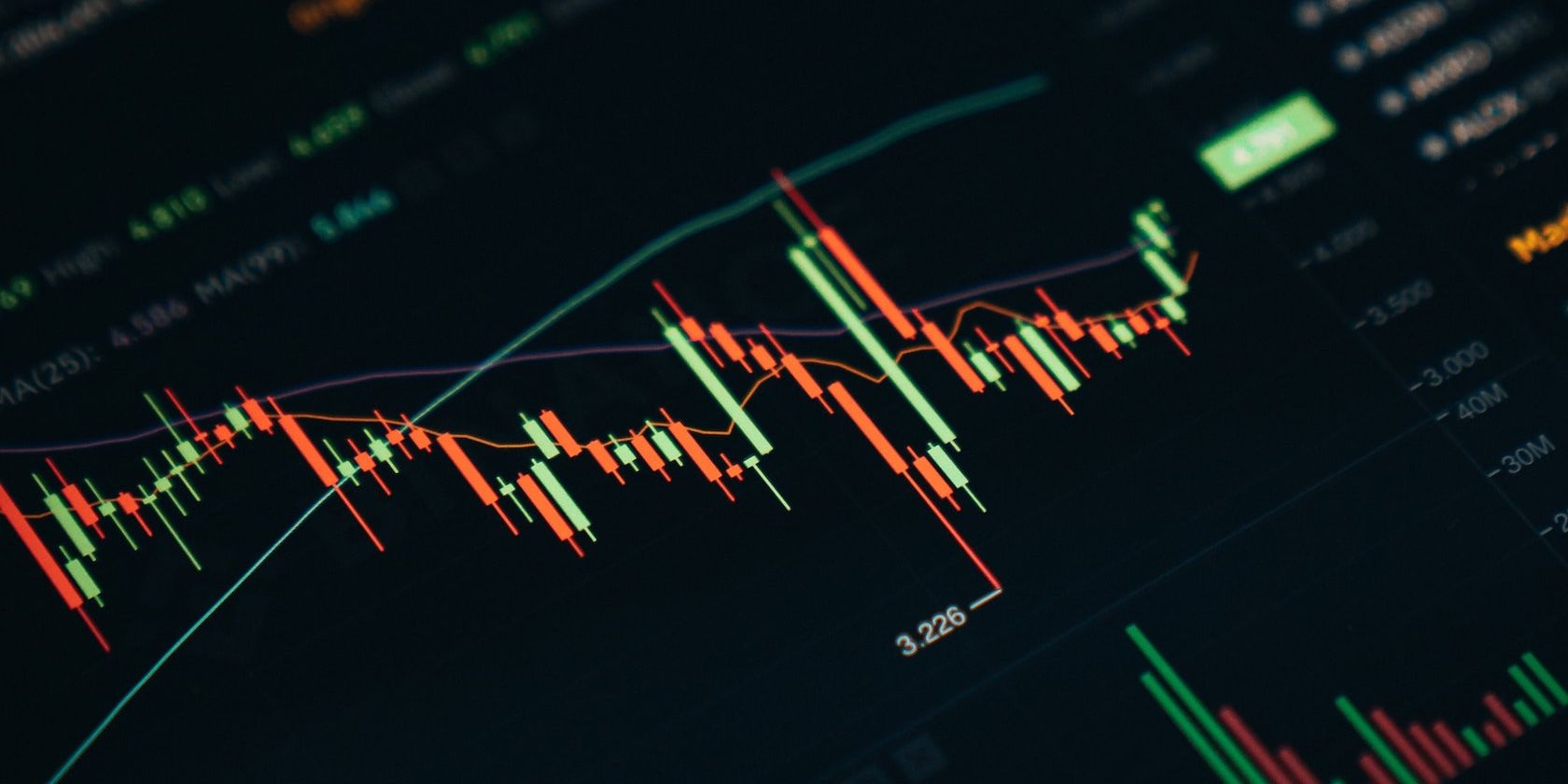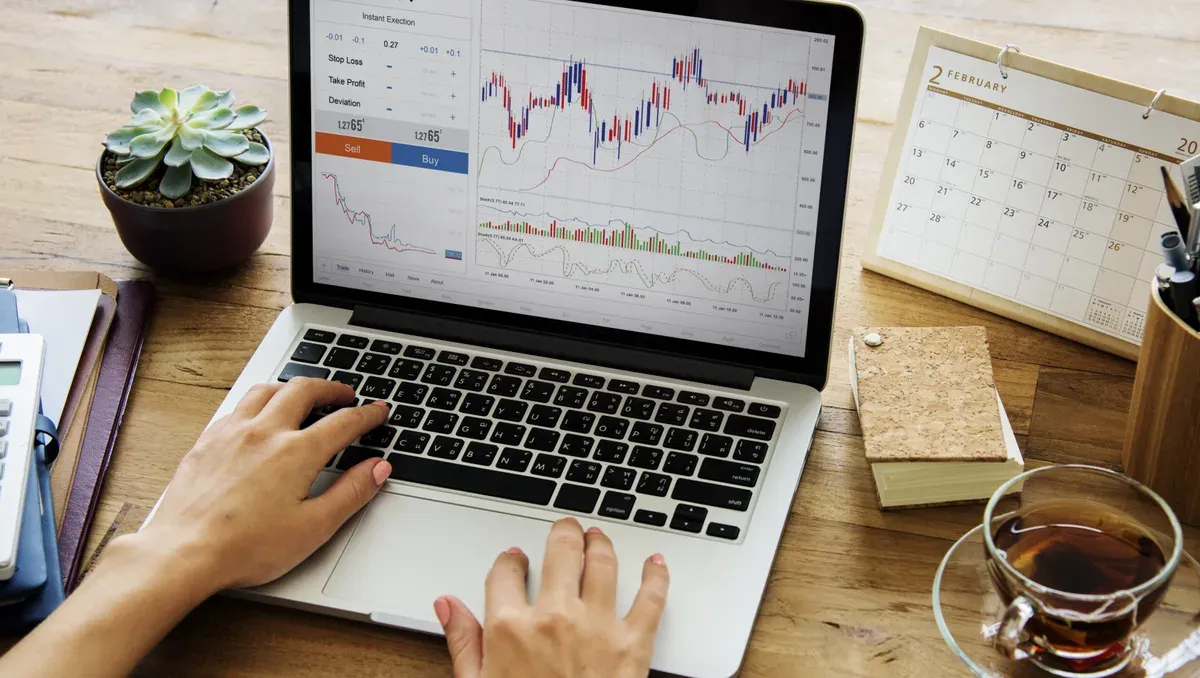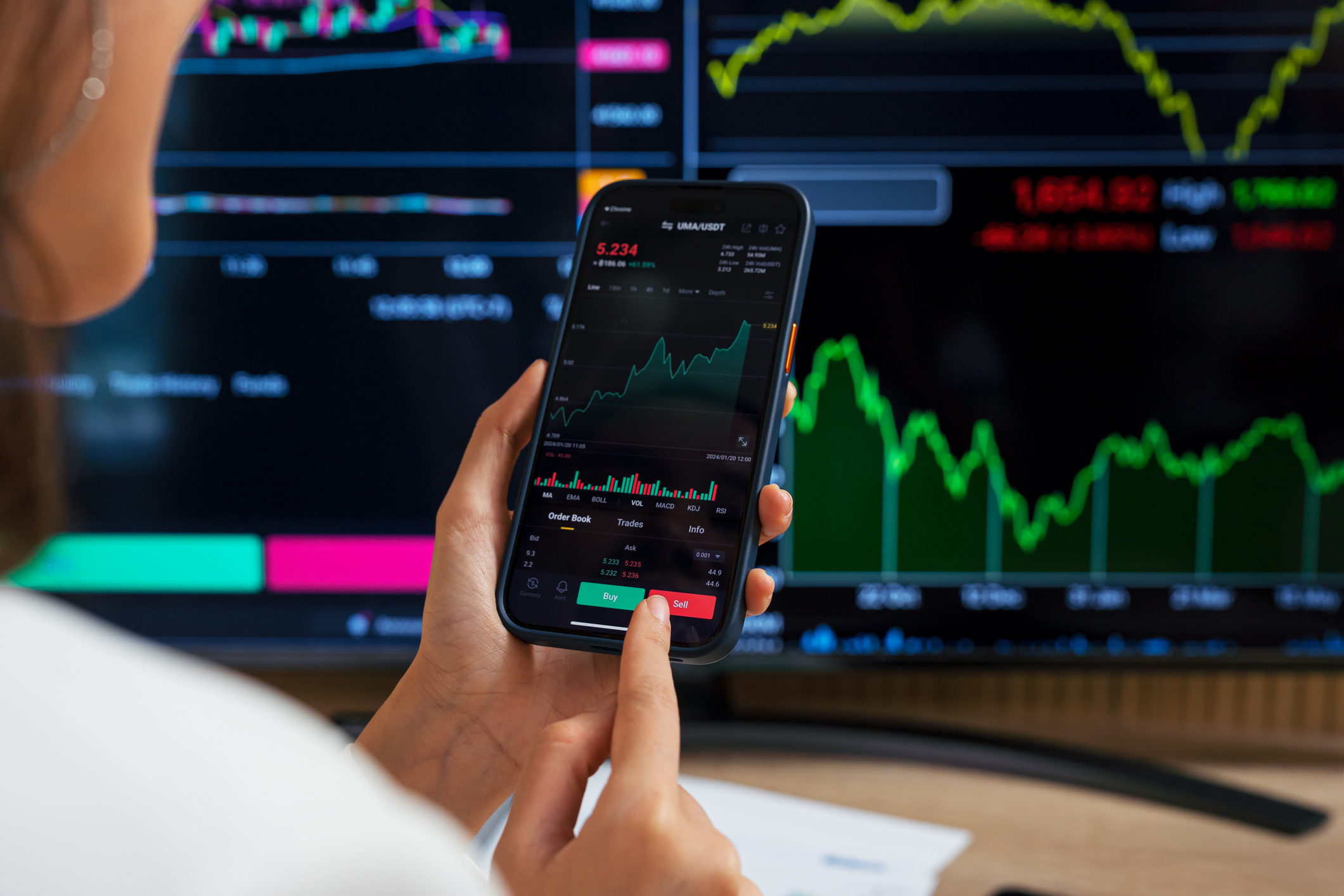In the fast-paced world of finance, where split-second decisions can yield monumental gains—or catastrophic losses—automated trading systems have emerged as a beacon of efficiency. Imagine waking up each morning, not to the cacophony of market updates, but to the reassurance that your investment strategy is executing itself with precision, tirelessly working around the clock.
Setting up your first automated trading system might sound daunting, but fear not! This step-by-step guide will demystify the process, breaking it down into manageable chunks. From selecting the right trading platform and formulating a robust strategy to backtesting your model, we’ll cover all the essential elements you need to embark on your trading journey.
So, grab your coffee, put on your thinking cap, and let’s dive into the exciting realm of automated trading!
Define Your Trading Goals

Defining your trading goals is the cornerstone of building a successful auto trading system. Consider what you truly wish to achieve: Are you looking for steady income, aggressive growth, or perhaps a mix of both? Be specific—vague ambitions will lead you astray.
Identify your risk tolerance, time commitment, and the markets that intrigue you. Do you want to take advantage of high-frequency trading, or would you prefer a more laid-back approach? It\’s essential to set measurable objectives, whether that’s hitting a certain percentage return or achieving consistently profitable trades over a defined period.
A well-structured auto trading strategy can help streamline decision-making, minimize emotional biases, and optimize trade execution. Remember, your goals should not only challenge you but also align with your overall financial plan; the clearer your objectives, the more focused and effective your automated strategy will be.
Selecting the Right Trading Platform

Selecting the right trading platform is a pivotal step in establishing your automated trading system. With a plethora of options available,it’ss essential to consider several factors that could influence your trading experience.
Begin by assessing the platform’s user interface—navigable, intuitive designs can significantly enhance your efficiency, especially when you’re just starting. Next, delve into the available features: does it offer robust charting tools, backtesting capabilities, and seamless integration with various trading algorithms? Security cannot be overlooked; choose a platform with top-notch safeguards against hacks and data breaches.
Moreover, extend your analysis to fees—transaction costs can eat into your profits more quickly than you might expect. Finally, dont underestimate the importance of customer support; having reliable assistance on hand can mean the difference between a frustrating setback and a swift resolution. In essence, carefully evaluate these aspects to find a platform that aligns with your trading strategy and goals.
Choosing Your Trading Strategy

Choosing your trading strategy is a pivotal step on your journey to successful automated trading. The landscape is vast: will you engage in day trading for rapid-fire transactions, or perhaps swing trading, capitalizing on price shifts over several days? Each strategy has its nuances, benefits, and potential pitfalls.
For instance, day traders thrive on market volatility, executing multiple trades in a single day to nab quick profits, while swing traders may prefer a more patient approach, holding positions longer to ride out fluctuations. Additionally, consider whether your strategy will be trend-following or mean-reverting, each demanding different analytical processes.
It’s crucial to align your choice with your individual risk tolerance, market knowledge, and available time for monitoring trades. By understanding these dimensions, you can forge a strategy that not only suits your personality but also sets the foundation for your automated system’s success.
Conclusion
In conclusion, setting up your first automated trading system can be an exciting and rewarding venture that opens up new avenues for investment. By following the step-by-step guide outlined in this article, from selecting the right strategy to implementing robust risk management practices, you can create a system that works for your trading style and goals.
Remember, auto trading allows you to leverage technology for more efficient trading, but it’s essential to continuously monitor and optimize your system to adapt to market changes. With diligence, patience, and the right tools, you’ll be well on your way to becoming a successful automated trader, empowered to make informed decisions and maximize your trading potential.


